Finite Element Analysis of Rotor Strength in High-Speed Permanent Magnet Generators
DOI: 10.23977/jemm.2024.090215 | Downloads: 23 | Views: 1048
Author(s)
Dongni Zhang 1
Affiliation(s)
1 CRRC Zhuzhou Electric Co., Ltd., Zhuzhou, Hunan, 412001, China
Corresponding Author
Dongni ZhangABSTRACT
This study systematically analyzes the stress distribution of the rotor in high-speed permanent magnet generators under different conditions, including rotor structure, types of inter-pole filler materials, sleeve thickness, interference fit, temperature, and rotational speed, using finite element analysis (FEA). The results indicate that circumferential segmentation can significantly reduce the tangential and radial stresses of the permanent magnets, with the best performance observed in the rotor structure with four segments. However, increasing the number of segments (e.g., to 20 segments) does not significantly improve the stress distribution in the sleeve and core, and in some cases, it may even exacerbate stress concentration. Regarding the choice of inter-pole filler materials, high-temperature-resistant plastic (PPS) performs best in reducing the stress on both the permanent magnets and the sleeve. Compared to carbon fiber and aluminum alloy materials, PPS more effectively reduces the stress on the permanent magnets and sleeve, especially under high-temperature and high-speed conditions, showing superior mechanical performance. Increasing the sleeve thickness effectively reduces both the tangential and radial stresses of the permanent magnets, while also decreasing the equivalent stress in the sleeve, thus enhancing the structural safety of the rotor. As the interference fit increases, the radial stress on the permanent magnets gradually decreases, while the tangential and equivalent stresses in the sleeve first increase slowly and then rapidly. When the interference fit is below 0.26 mm, the stress variation is minimal, but once it exceeds 0.26 mm, the sleeve stress increases significantly, indicating that excessive interference may lead to stress concentration and a higher risk of failure. Temperature elevation significantly increases the tangential and equivalent stresses in the permanent magnets, and the tangential and equivalent stresses in the sleeve also increase linearly with rising temperatures. At high rotational speeds, the maximum tangential stress experienced by both the permanent magnets and the sleeve increases substantially, highlighting the need for careful optimization of materials and structure in the design phase.
KEYWORDS
High-speed permanent magnet, generator, rotor, strength, finite elementCITE THIS PAPER
Dongni Zhang, Finite Element Analysis of Rotor Strength in High-Speed Permanent Magnet Generators. Journal of Engineering Mechanics and Machinery (2024) Vol. 9: 118-127. DOI: http://dx.doi.org/10.23977/jemm.2024.090215.
REFERENCES
[1] Gallicchio, G., Di Nardo, M., Palmieri, M., Ilkhani, M. R., Degano, M., Gerada, C., & Cupertino, F. (2022). Surface permanent magnet synchronous machines: High speed design and limits. IEEE Transactions on Energy Conversion, 38(2), 1311-1324.
[2] Hou, P., Ge, B., Tao, D., Pan, B., & Wang, Y. (2022). Rotor strength analysis of feco-based permanent magnet high speed motor. Machines, 10(6), 462.
[3] Wang, L., Du, G., Tong, J., Huang, N., Hu, C., & Xu, W. (2021, December). Comparation of different rotor sleeves of highspeed permanent magnet synchronous motors based on multi-physics. In 2021 IEEE 4th Student Conference on Electric Machines and Systems (SCEMS) (pp. 1-5). IEEE.
[4] Shen Jianxin, Qin Xuefei, Yao Lei, & Wang Yunchong. (2022). Strength Analysis and Sleeve Design of High-Speed Permanent Magnet Motor Rotors. Proceedings of the Chinese Society for Electrical Engineering, 42(6), 2334-2345.
[5] Wang, Y., Zhu, Z. Q., Feng, J., Guo, S., & Li, Y. (2020). Rotor stress analysis of high-speed permanent magnet machines with segmented magnets retained by carbon-fibre sleeve. IEEE Transactions on Energy Conversion, 36(2), 971-983.
[6] Lee, T. W., & Hong, D. K. (2022). Rotor design, analysis and experimental validation of a high-speed permanent magnet synchronous motor for electric turbocharger. IEEE Access, 10, 21955-21969.
[7] Du, G., Huang, N., He, H., Lei, G., & Zhu, J. (2020). Parameter design for a high-speed permanent magnet machine under multiphysics constraints. IEEE Transactions on energy conversion, 35(4), 2025-2035.
[8] Zhang, Y., Tang, J., & Xu, X. (2022). Modal analysis and multidisciplinary optimization of disk-shaped rotor in MSCMG. International Journal of Mechanical Sciences, 226, 107387.
[9] Du, G., Pu, T., Zhou, Q., Wang, L., Lei, G., & Zhu, J. (2023). Multiphysics comparative study of high speed PM machines for ring PM rotor and solid PM rotor. IEEE Transactions on Energy Conversion, 38(2), 1421-1432.
[10] Yang Jiangtao, Wang Zhenyu, Feng Yaojing, & Huang Shoudao. (2023). The Impact of Interference Fit on Rotor Stress in High-Speed Permanent Magnet Motors. Transactions of China Electrotechnical Society, 38(16), 4263-4273.
[11] Zhou, Y., Tian, L., Gao, S. H., Zhang, J. W., Yang, L. K., & Xie, R. G. (2021). Design and testing of CFRP sleeve for a high-speed permanent magnet synchronous motor with surface-mounted rotor. Journal of Mechanical Science and Technology, 35(1), 221-230.
[12] Meng X, Geng D, Liu S. The modified Mohr-Coulomb model considering softening effect and intermediate principal stress [J]. Mechanics of Advanced Materials and Structures, 2024: 1-15.
[13] Yan S, Geng D, Dai N, et al. An improved dual shear unified strength model (IDSUSM) considering strain softening effect [J]. International Journal of Damage Mechanics, 2024.
[14] Geng D, Dai N, Guo P, et al. Implicit numerical integration of highly nonlinear plasticity models[J]. Computers and Geotechnics, 2021, 132: 103961.
[15] Chen H, Yang Y, & Shao C. Multi-task learning for data-efficient spatiotemporal modeling of tool surface progression in ultrasonic metal welding. Journal of Manufacturing Systems, 2021, 58, 306-315.
| Downloads: | 11064 |
|---|---|
| Visits: | 419645 |
Sponsors, Associates, and Links
-
Cybernetics and Mechatronics
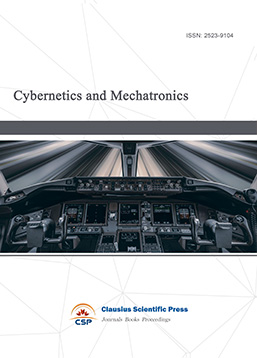
-
Digital Manufacturing and Process Management
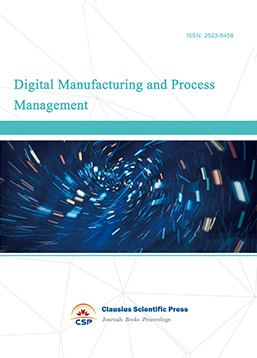
-
Ultra-Precision Machining Process
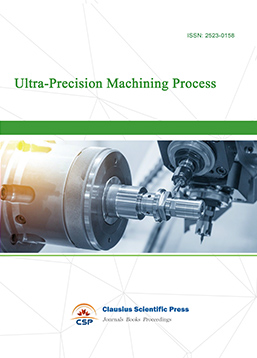
-
Journal of Robotics and Biomimetics

-
Prognostics, Diagnostics and Health Management
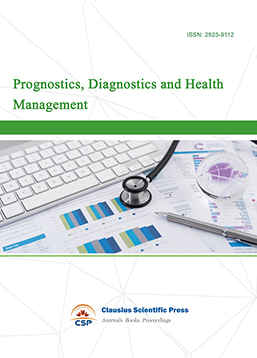
-
Micro-Electro-Mechanical Systems
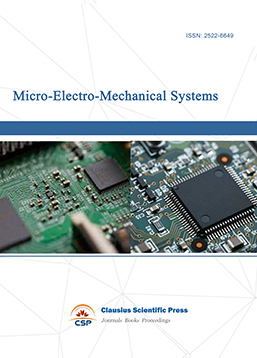
-
Journal of Precision Instrument and Machinery

-
Engineering and Solid Mechanics
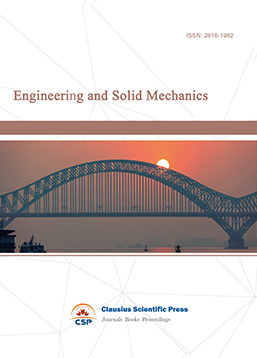
-
Fracture and Damage Mechanics
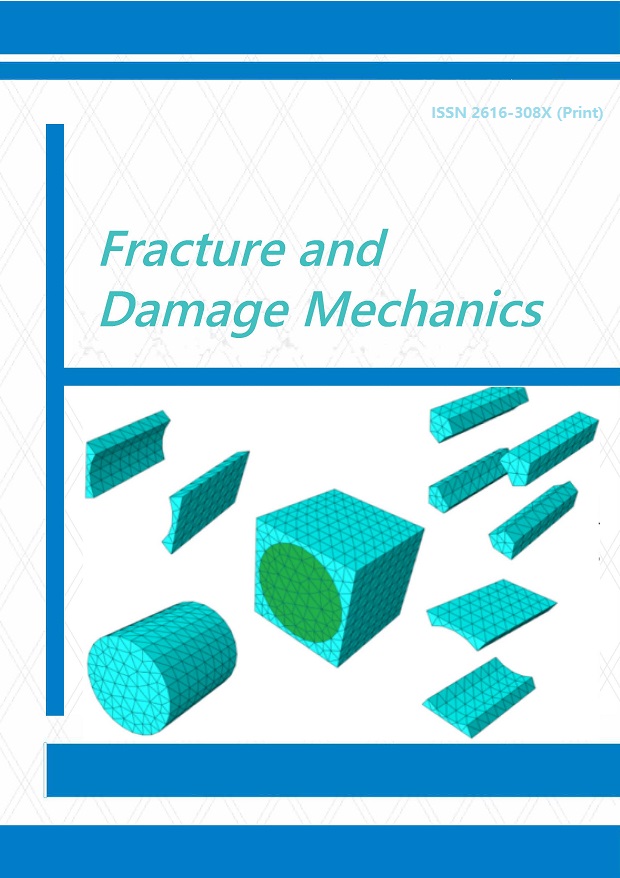
-
Frontiers in Tribology
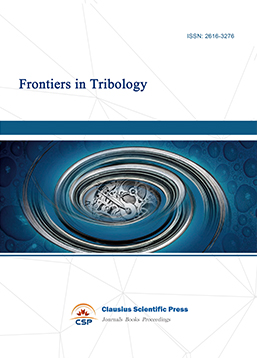
-
Fluid and Power Machinery
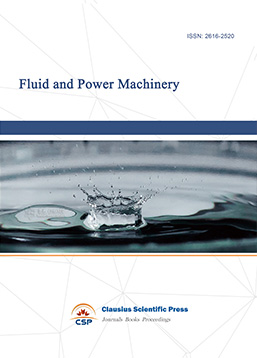
-
Chemical Process Equipment
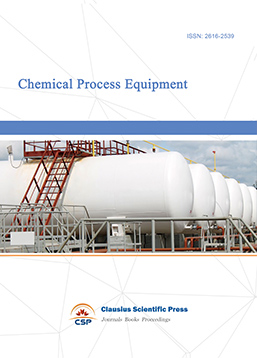
-
Journal of Assembly and Manufacturing

-
Mechanical Vibration and Noise
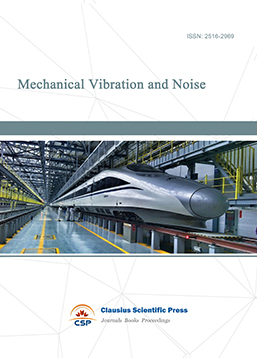

 Download as PDF
Download as PDF